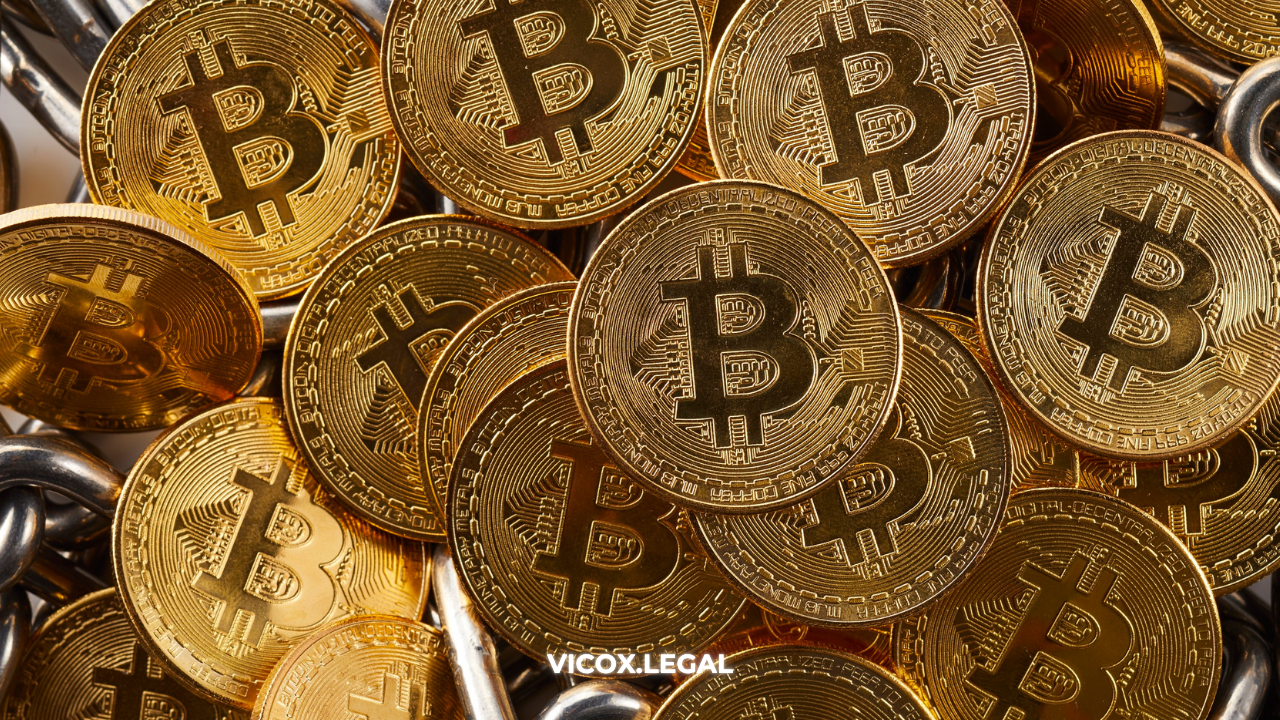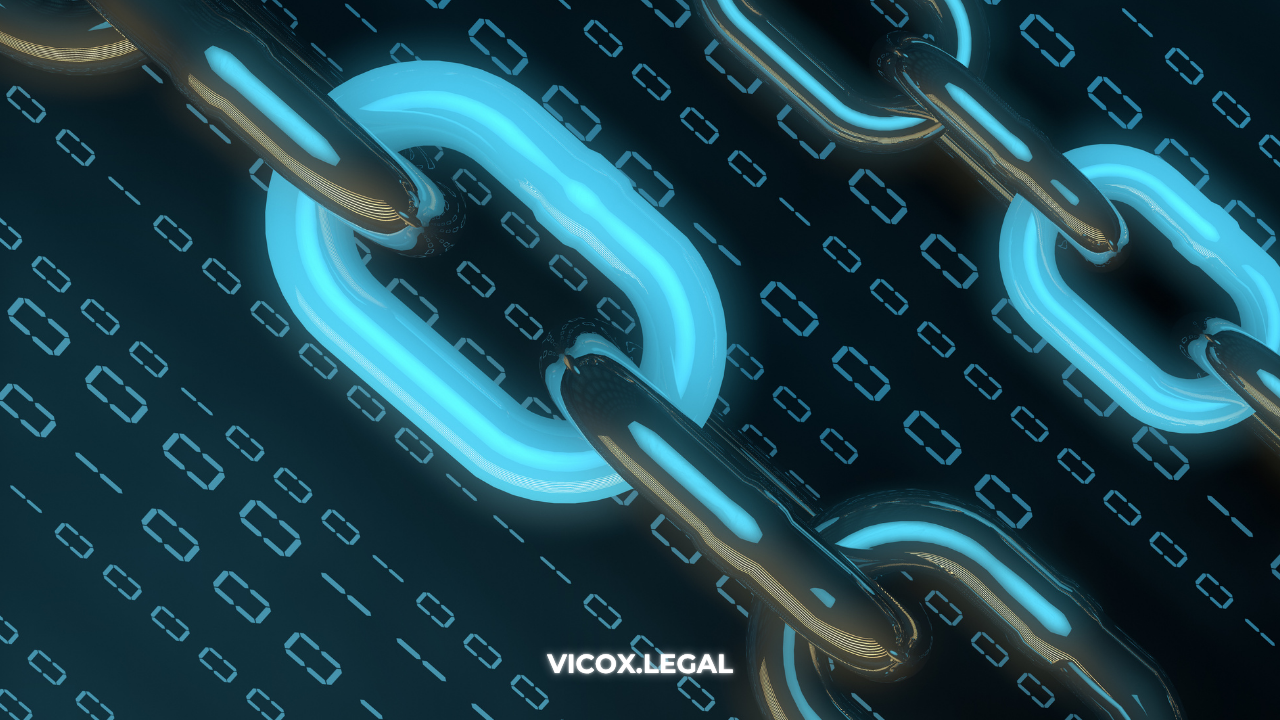Since the 2022 collapse, decentralized finance (DeFi) has struggled to regain its former glory. Despite the recent crypto market rebound, the total value locked (TVL) in DeFi, currently at $92 billion, remains far from its all-time high of $179 billion in 2021.
Current Challenges in DeFi
The 2022 crash left deep scars. Users who experimented with decentralized lending and yield farming suffered significant losses, and current yield rates are less appealing. With Treasury bonds offering a 5% annual return, DeFi yields of around 8-10% don’t justify the inherent risks of crypto volatility and over-collateralization.
Moreover, DeFi collateral depends on highly volatile assets like Bitcoin and Ethereum, forcing users to over-collateralize their loans to avoid sudden liquidations. In an environment where risks are high and rewards are limited, DeFi needs a sustainable solution.
The RWA Revolution in DeFi
Real World Assets (RWAs) are emerging as the key to revitalizing DeFi. Financial giants like BlackRock, JP Morgan, and Fidelity have embraced asset tokenization, integrating traditional assets into blockchain ecosystems. BlackRock’s CEO, Larry Fink, has even called tokenization «the next big financial revolution.»
One example of this trend is the tokenized Treasury bond market, which tripled to $3 billion in under a year, with platforms like BlackRock’s BUIDL and Franklin Templeton’s FBOXX leading the charge. This demonstrates the growing interest in tokenized assets backed by governments and traditional companies.
RWAs: Stability and Trust for DeFi
RWAs provide a critical solution to DeFi’s collateral issues. While cryptocurrencies can lose 20% of their value overnight, real estate, Treasury bonds, and commodities offer far greater stability. This enables decentralized lending with a lower risk of liquidation.
MakerDAO has pioneered this transition, increasing its RWA exposure to 25% of its balance sheet. Aave has also entered this sector, allocating $1 million to RWAs in 2023. The trend is clear: DeFi is evolving to incorporate traditional assets and offer a more robust and reliable financial model.
DeFi 2.0: Integration with Traditional Finance
The vision of DeFi as a completely separate ecosystem from traditional finance is shifting. Instead of resisting, DeFi 2.0 is finding ways to integrate intelligently with tangible assets.
RWAs will enable on-chain mortgages, loans backed by gold or oil, and debt markets inspired by traditional repo systems. This shift will make DeFi more accessible and less intimidating for institutional investors and everyday users.
The Future of DeFi Lies in RWAs
While the days of 1000% APYs are long gone, the stability offered by RWAs will make DeFi more attractive and sustainable in the long run. With reduced volatility and increased security, investors can leverage yield farming and trading strategies without the constant fear of sudden liquidations.
In 2025, RWAs will not only breathe new life into DeFi but also pave the way for its mass adoption. The tokenization of traditional assets is ushering in a new era of decentralized finance, where innovation and stability can coexist to build a stronger and more reliable financial ecosystem.




